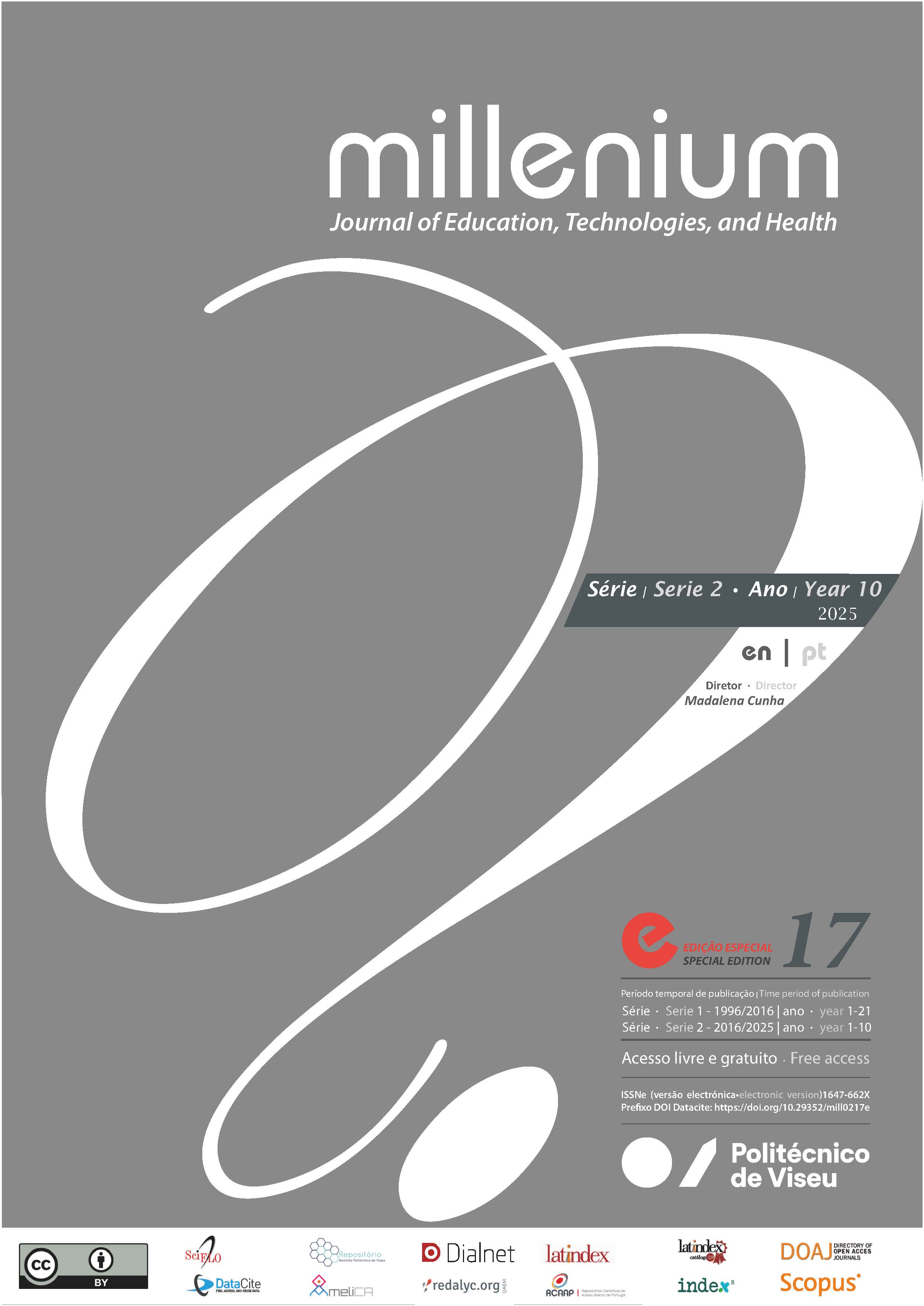Sobrecarga nos serviços de urgência: um determinante significativo das infeções associadas aos cuidados de saúde
DOI:
https://doi.org/10.29352/mill0217e.37954Resumo
Assistimos a uma reorganização dos serviços de saúde por forma a dar respostas adequadas às necessidades de cuidados de saúde por parte da população. Essa reorganização tem por base a escassez de recursos, essencialmente humanos.
As notícias vão-nos dando conta da dificuldade em manter a atividade assistencial sobretudo nos serviços de urgência, nalgumas áreas mais sensíveis e carentes, como seja, obstetrícia, via verde coronária, via verde AVC, etc. Isto faz com que as pessoas tenham de se deslocar, por vezes, centenas de quilómetros para receber os cuidados de saúde necessários.
Para além do risco de a assistência poder ser tardia, faz com que os utentes acabem por convergir para um número mais reduzido de hospitais, fazendo com que os serviços de urgência destes, tenham de receber um número de pessoas muito superior àquele para o qual estão dotados, quer do ponto de vista físico, quer de recursos humanos, o que potencia o acréscimo de risco para a segurança do doente, assim como dos profissionais de saúde.
O Plano Nacional Para a Segurança dos Doentes define um conjunto de objetivos e práticas para o desenvolvimento de uma cultura de segurança em saúde, nomeadamente, a formação dos profissionais de saúde, avaliação de uma cultura de segurança, melhoria da literacia do utente e família sobre esta temática, tendo em vista a qualidade dos cuidados prestados. Dentro destes aspetos estão incluídos aqueles que se prendem com a prevenção das infeções associadas aos cuidados de saúde (IACS) (Portugal,2021).
As IACS são um problema epidemiológico cada vez mais atual não só nas sociedades mais ricas e industrializadas, mas também nos países em vias de desenvolvimento, sendo a taxa de infeção hospitalar um indicador de qualidade dos cuidados prestados. As IACS na maioria das vezes associadas a más práticas, aportam consequências sociais e económicas para as pessoas e instituições, assim como para a sociedade em geral.
Downloads
Referências
Geadas, P., Gama, F., Reis, D., Alarico, S., Empadinhas, N., Martins, J., Almeida, A., & Morais, P. (2017). Hospital microbial surface colonization revealed during monitoring of Klebsiella spp., Pseudomonas aeruginosa, and non-tuberculous mycobacteria. Antonie van Leeuwenhoek, 110(7),863-876. http://dx.doi.org/10.1007/s10482-017-0857-z
Despacho n.º 9390/2021, do Gabinete do Secretário de Estado Adjunto e da Saúde: Plano Nacional para a Segurança dos Doentes 2021-2026 (2021). Diário da República, 2.ª série — N. º187 — 24 de setembro de 2021. https://diariodarepublica.pt/dr/detalhe/despacho/9390-2021-171891094
Downloads
Publicado
Como Citar
Edição
Secção
Licença
Direitos de Autor (c) 2024 Millenium - Journal of Education, Technologies, and Health

Este trabalho encontra-se publicado com a Licença Internacional Creative Commons Atribuição 4.0.
Os autores que submetem propostas para esta revista concordam com os seguintes termos:
a) Os artigos são publicados segundo a licença Licença Creative Commons (CC BY 4.0), conformando regime open-access, sem qualquer custo para o autor ou para o leitor;
b) Os autores conservam os direitos de autor e concedem à revista o direito de primeira publicação, permitindo-se a partilha livre do trabalho, desde que seja corretamente atribuída a autoria e publicação inicial nesta revista.
c) Os autores têm autorização para assumir contratos adicionais separadamente, para distribuição não-exclusiva da versão do trabalho publicada nesta revista (ex.: publicar em repositório institucional ou como capítulo de livro), com reconhecimento de autoria e publicação inicial nesta revista.
d) Os autores têm permissão e são estimulados a publicar e distribuir o seu trabalho online (ex.: em repositórios institucionais ou na sua página pessoal) já que isso pode gerar alterações produtivas, bem como aumentar o impacto e a citação do trabalho publica
Documentos necessários à submissão
Template do artigo (formato editável)





